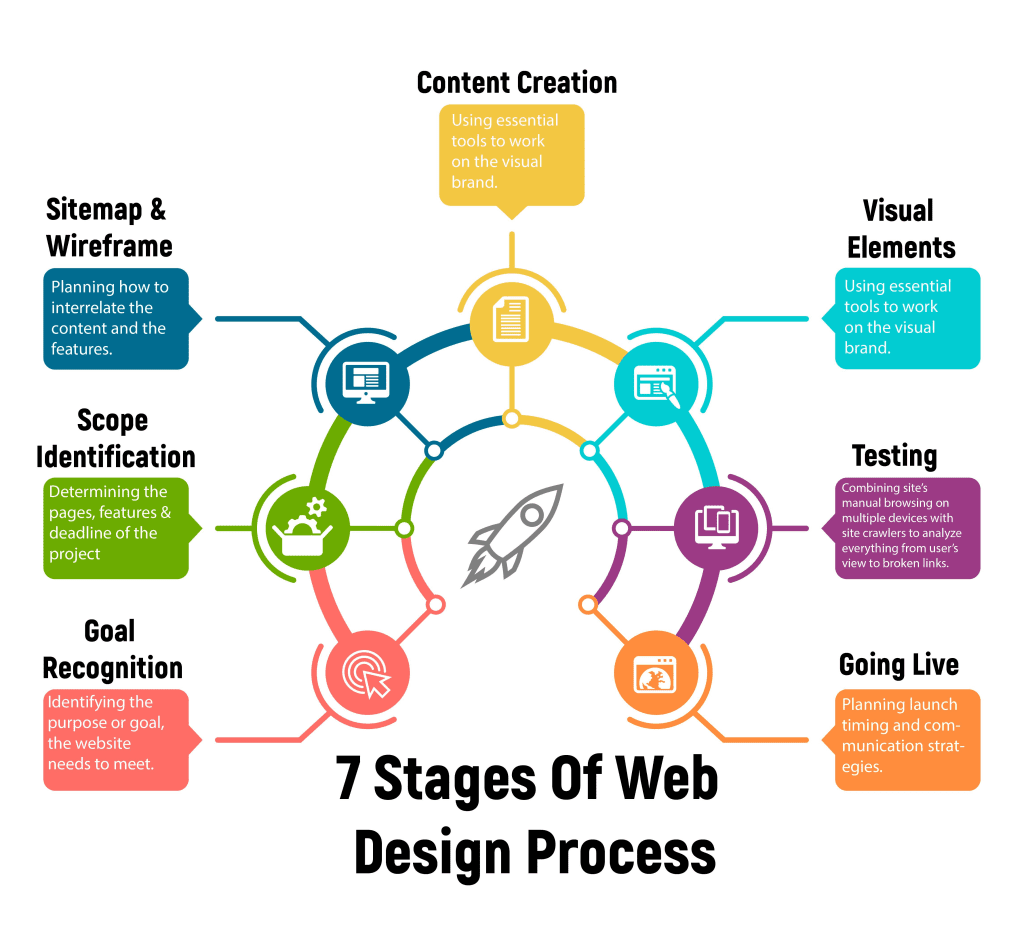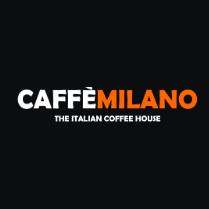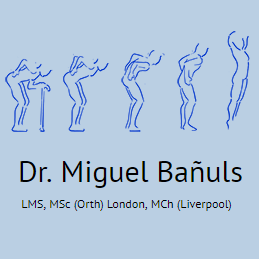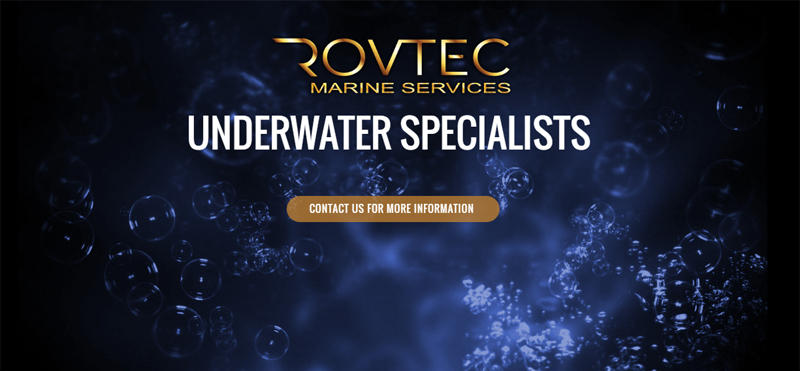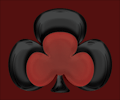The web design process is a fundamental journey that transforms creative ideas into dynamic online experiences. In an era defined by digital engagement, mastering the intricacies of this process ensures websites not only attract visitors but also provide intuitive user interactions through effective UI/UX design. Each stage of the web design lifecycle—from concept development to launch—encompasses meticulous planning and execution, ensuring every element is crafted to perfection. Embracing responsive web design principles guarantees that your website functions seamlessly across all devices, adapting to user needs on-the-go. This article takes a closer look at the web design stages, illuminating how every phase contributes to a cohesive and successful website creation.
Embarking on the journey of web creation involves a detailed web crafting methodology that encompasses various design elements and technological frameworks. From understanding user preferences through meticulous research to the implementation of adaptive layouts, this approach synthesizes creativity with functionality. The stages of online interface development unveil insider secrets that enhance the overall web experience, while iterative design practices ensure that updates remain fresh and relevant. As we navigate through the planning and strategizing frameworks, the focus on user-centric design stands out as an essential guiding light. This exploration will underscore the significant role of structured design phases in attaining a captivating and responsive digital presence.
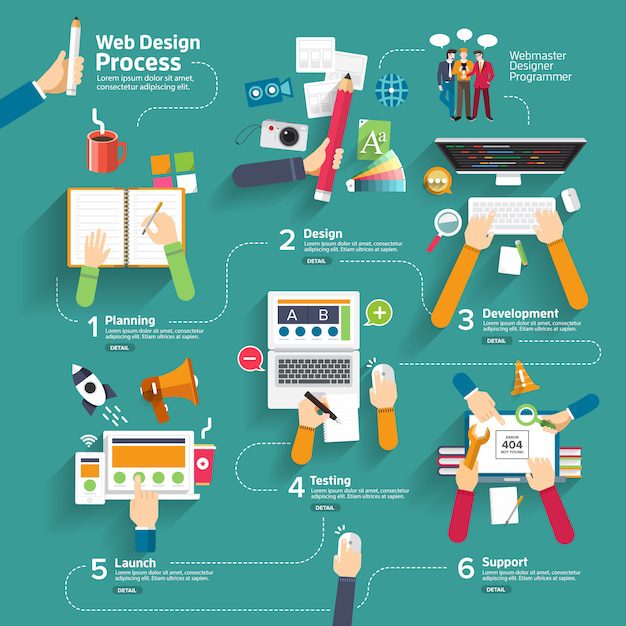
1. The Importance of Research in Web Design
In the intricate tapestry of web design, research acts as the loom upon which all threads are woven. Here lies the foundation, a systematic exploration of the audience’s heartbeat and competitors’ strategies. To truly know the user, one must engage in thoughtful surveys that peel back layers of expectation and experience. Enter the world of competitors, where analysis reveals treasures of insight—both what to emulate and what to avoid. The marketplace holds whispers of trends; staying informed is paramount, guiding design decisions with an instinctive understanding of the users’ changing desires.
Diving deeper into research transforms these findings into clear objectives, paving the path forward. By analyzing user preferences, designers can align their creativity with functional needs, painting a picture that resonates. This stage is not merely the beginning; it is the pulse of web design, dictating the rhythm of subsequent processes. When practitioners embrace this essential phase, they don the armor of insight that shields against pitfalls and illuminates a clear direction.
2. Designing with Purpose
Design in web development is where art meets purpose—a vibrant dance of color, layout, and typography. It’s not enough for elements to just look pretty; they must serve a function, guide the user, and echo the brand’s essence. A mobile-first approach plays a crucial role in the modern landscape, ensuring the design thrives on the small screen before blossoming to larger displays. Each nuance is meticulously considered—responsive design becomes the bridge that connects users across devices, while consistency in branding binds the experience cohesively.
In this phase, mockups spring to life, each representing a myriad of possibilities. Designers collaborate, share visions, and refine concepts, ensuring that all stakeholders voices harmonize into a single melody. This iteration is vital; it’s here that creativity is not just free but also focused, responding to feedback and evolving. It is the moment when imaginations run riot, sketching out a journey for users that is both pleasing to the eye and simple to navigate.
3. Testing and Beyond: The Final Frontier
Testing serves as both a gatekeeper and a guide in the web design process. Before the grand reveal, thorough examination ensures that every function works flawlessly, that navigational elements are not mere illusions. Usability tests and compatibility checks intertwine with performance assessments, crafting a robust website that doesn’t just look good, but operates seamlessly. Here, the design’s integrity is challenged, potential issues are unveiled, and solutions are crafted file by file, line by line.
Upon reaching the launch, excitement surges, yet the responsibility does not end here. The aftermath of launching a website opens a new chapter—ongoing maintenance and iterations pave the way for evolution. Monitoring performance, gathering user feedback, and embracing new technologies become the helms of this journey. Adapting and refining ensure the website not only meets today’s standards but anticipates tomorrow’s needs, creating a lasting impression in the digital landscape.
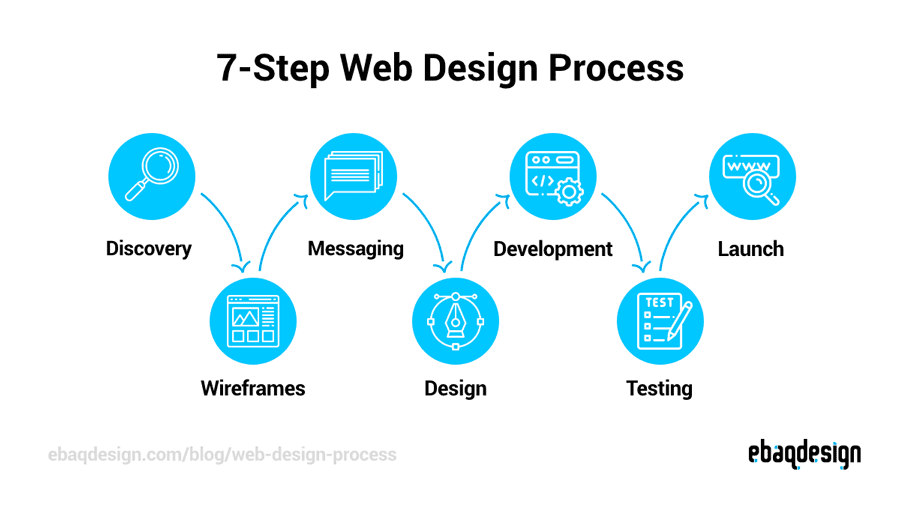
Summarizing the Essence of Web Design
The web design process unfolds harmoniously, combining creativity with functionality, making it a cornerstone of digital success. By traversing through stages such as research, planning, design, development, and testing, designers orchestrate a symphony that echoes the needs of users and the ambitions of businesses. Each phase serves as a vital note in this process, crafting a final product that is not merely a website but a user-centric experience infused with purpose and aesthetics.
As the curtain falls on the launch phase, the journey of web design continues with unwavering vigilance through maintenance and iteration. Keeping abreast of current trends like responsive web design and user-focused principles ensures that the digital presence remains relevant and engaging. Through continuous enhancement, businesses can stay vibrant in the online realm, adapting to user feedback and technological advancements. Ultimately, mastering the art of web design not only sets the stage for immediate success but also fosters long-term connections with audiences.

